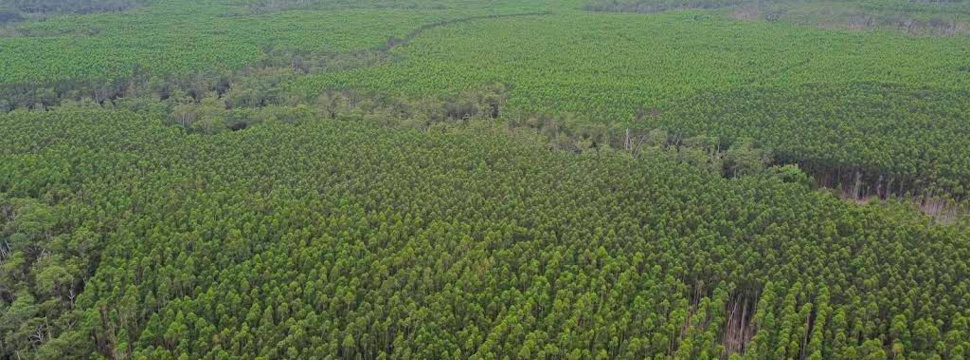Suzano acquires 2,000 sq km in Brazil to secure supply for growing bioproduct demand
News General news
Purchase of eucalyptus forests currently operated under lease agreements supports the company’s growth strategy and secures long-term wood supply

Suzano, the world’s largest hardwood pulp producer, has completed the purchase of over 2,000 square kilometers (206,000 hectares), for the total price of US$667 million. The land represents an area similar to the size of Tokyo and brings into Suzano’s direct ownership a number of eucalyptus plantation forests it currently manages under a long-term leasing agreement in the states of Bahia, Espírito Santo, Mato Grosso do Sul and São Paulo.
The purchase of land areas owned by eight separate companies will be paid in two installments. The first tranche was paid on June 22, 2022, and the second one is due 12 months following this date.
These assets are strategically located in close proximity to Suzano’s existing mills. Prioritizing a secure local supply of wood is aligned with Suzano’s ‘best-in-class’ philosophy to reduce the total cost of pulp production, while ensuring the highest stewardship with respect to land management and biological conservation, along with the associated carbon footprint, helping contribute to the company’s science-based target on climate change.
Marcello Bacci, CFO of Suzano, said:
“We are currently in a fortunate position financially, with a competitive cost of debt and good availability of cash, which allows us to invest for the long-term. Securing our wood supply allows us to focus efforts on driving growth with innovability – pursuing sustainable solutions through innovation – and developing sustainable bioproducts from eucalyptus.”
Alongside commercial plantations on the purchased land, Suzano will continue its broader conservation and biodiversity efforts on protected areas. These include maintaining a database monitoring over 4,300 species of plants and animals, and working towards connecting half a million hectares of conservation areas by 2030 with biodiversity corridors.










